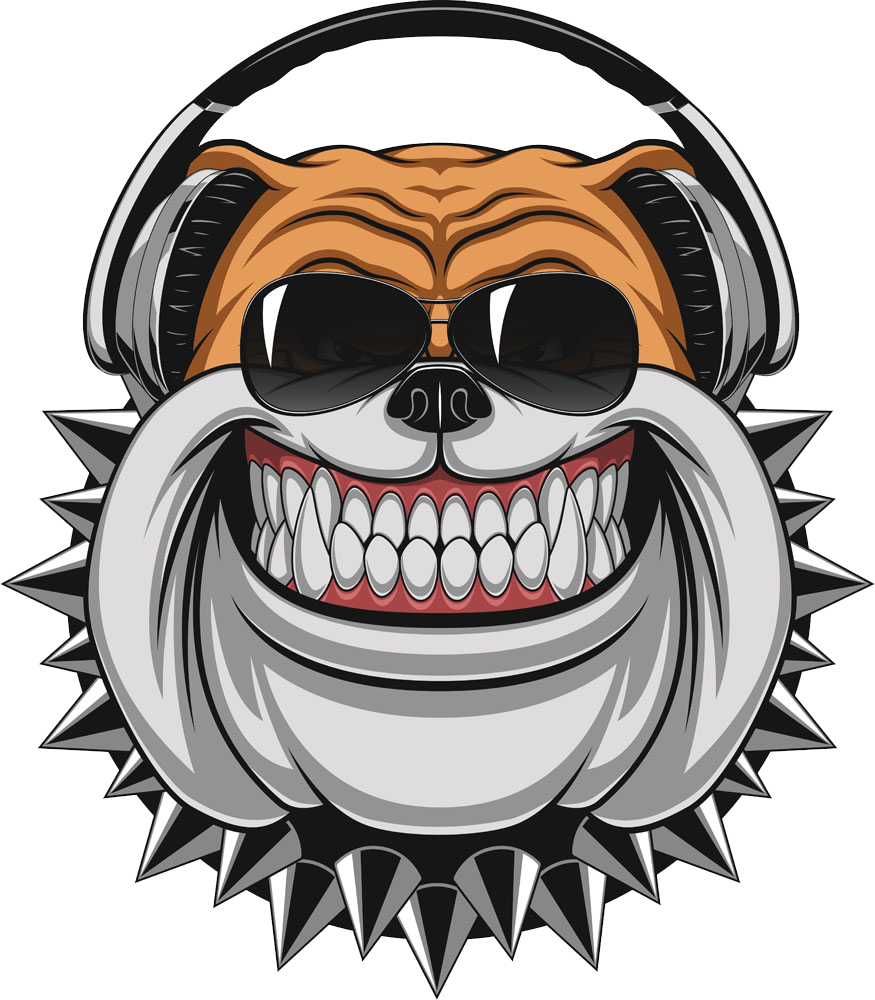Dr. Hanie Elfenbein, DVM, PhD, has checked and ensured the content’s accuracy as of the 19th of April, 2019.
A wide variety of debilitating chronic conditions that are associated with degeneration can also affect people’s pets. In the meantime, treatment options can be limited, with the primary focus being on symptom relief as achieved through the administration of pet pain medication and other means.
However, there is a chance that you have other choices available to you; your veterinarian may be able to suggest other therapeutic approaches to improve your pet’s health.
Therapies that are considered to be part of complementary or alternative veterinary care have been shown to increase the success rate of postoperative recovery, as well as cases involving conditions such as degenerative spine issues, neurologic disc problems, hip dysplasia, and injuries to the cruciate ligament.
The holistic treatment of your pet, which is the goal of alternative veterinary care therapies, is the means by which these treatments are accomplished.
Complementary therapies treat the condition of your pet by treating the cause of the disease, which keeps you actively involved in the treatment of your pet while also treating the condition of your pet.
The following are some of the complementary therapies that are most frequently used:
The Benefits of Hydrotherapy for Dogs
Canine hydrotherapy is a low-impact form of exercise that can be beneficial for dogs that have chronic bone conditions or injuries that have rendered them unable to exercise normally, such as arthritis or cruciate ligament trauma.
During the therapy session, your dog will be helped into and out of the pool to reduce the amount of physical stress and the likelihood of injury. It is common practice to use a dog harness in order to assist your dog in remaining in an above-water position. There is also the possibility of heating the water in the pool; the application of heat can help alleviate musculoskeletal discomfort and pain.
The use of underwater resistance jets to create a current for the dog to swim against is one form of treatment that is included in some hydrotherapy sessions.
A form of hydrotherapy known as underwater treadmill therapy involves the dog walking on an underwater treadmill against the resistance of the water in order to build muscle. Moving through water is easy on the joints but puts a lot of demand on the muscles. This is similar to the benefits of doing water aerobics.
Because it only requires a small tank rather than a swimming pool the size of an entire yard, this form of hydrotherapy for dogs has become increasingly popular.
Chiropractor for Animals
According to Dr. Gerald Johnson, a holistic veterinarian with many years of experience working primarily with dogs and horses, sometimes your pet’s malaise can be relieved by realigning and balancing their body by using a “force equaling mass times acceleration.” This is something that can be done by using a “force equaling mass times acceleration.” In his medical practice, Dr. Johnson makes use of a wide variety of alternative treatments for his patients.
Dr. Johnson emphasizes that in order for a veterinarian to incorporate chiropractic treatment, the veterinarian must have an in-depth knowledge of animal anatomy as well as the “line of correction,” and they must “know the bones.”
He explains, “When you apply chiropractic or massage therapy [on a pet], you can feel subtle changes in the way the animal responds [tactilely].” The veterinarian will use manipulation to realign and adjust the animal’s bones as part of the chiropractic treatment. You’ll notice a change almost immediately, and your pet will begin to feel better almost immediately after that. The re-establishing of a healthy equilibrium in the circulation and flow of energy throughout the body is the primary goal of chiropractic treatment. Once that is started, the body’s natural capacity to heal itself will take over and finish the healing that was started by manipulation therapy.
As a result of the presence of memory in the joints, according to Dr. Johnson, it is typically necessary to undergo multiple therapeutic adjustments.
Pet Acupuncture
How exactly does acupuncture for pets work? According to Dr. Johnson, an acupuncture needle can either be used to open up blocked energy flow or reduce it when there is too much energy flow in an area. Acupuncture’s primary purpose is to restore harmony to the yin and yang energies that flow through the body’s meridian pathways.
“During acupuncture, a needle is inserted into key points in order to stimulate both that point and another area. Or, [acupuncture] can be used to cut off the supply of nerve impulses to the area that is in pain by blocking the switch that is triggering it,” he explains.
One of the most common conditions that can be helped by acupuncture for pets is arthritis. Dr. Johnson has experience treating a wide variety of pet conditions with acupuncture, ranging from neurological issues (such as seizures) to skin disorders, thyroid imbalances, and heart conditions. He has seen and used acupuncture to treat all of these conditions.
There are well-established treatments that can be used as part of complementary veterinary care in the event that your pet suffers from a condition that causes them to be in constant pain. These treatments can hasten recovery after surgery, help pets regain mobility, and most importantly, make them feel better overall.
Talk to your pet’s veterinarian about the various treatment options that are available to your animal companion. There are times when a multidisciplinary approach to treatment is the most effective form of treatment.
